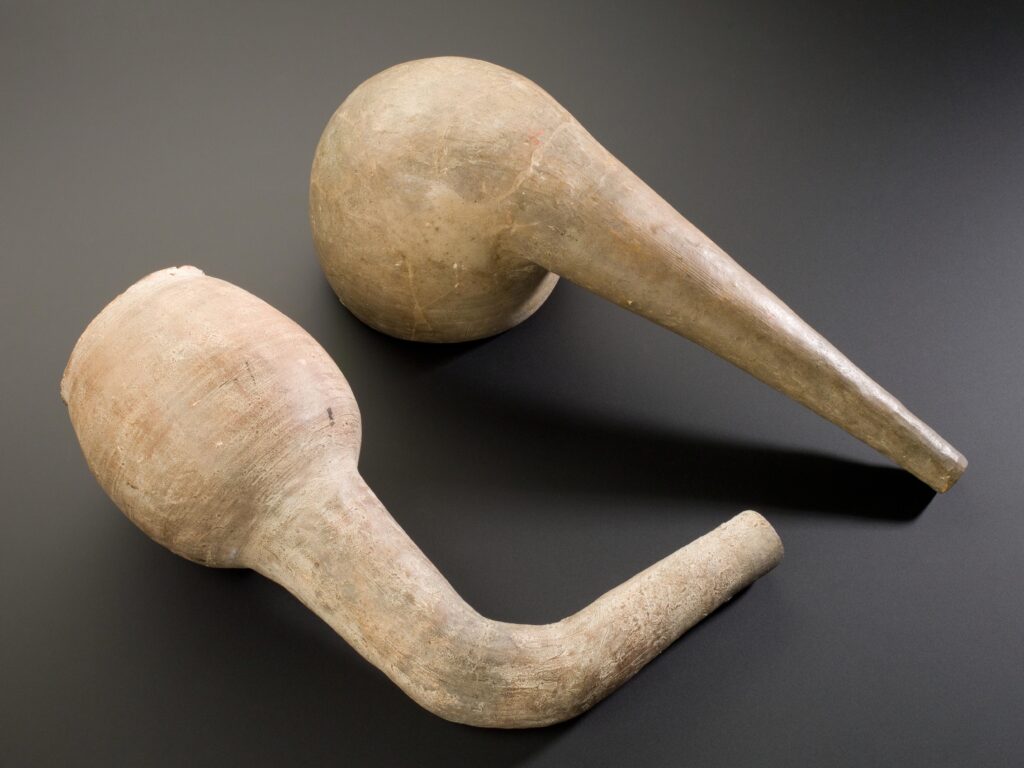The Retort: Evolving CBW disarmament challenges
Dr Brett Edwards (Lecturer, University of Bath) and Professor Lijun Shang (School of Human Sciences, Metropolitan University London) are collaborating on The Retort, a new series of educational video recordings via YouTube on chemical and biological weapons (CBW), their disarmament, and the evolving threats they still pose. The recordings aim to give the public a general understanding of issues ahead of the review conferences of the Biological and Toxin Weapons Convention (28 November – 16 December 2022) and the Chemical Weapons Convention (May 2023).
For each video recording, the intiative takers invite an expert in the field. So far, three topics have been published. Dr Edwards leads the viewer through a history of CBW. In the second episode, Dr Ralf Trapp discusses Innovation and the evolution of biological and chemical disarmament. I introduce the viewer to the Evolving disarmament challenges involving CBW in the third installment (see below). Several other topics are under development.
Developments leading to modern chemical and biological warfare
I developed my presentation around three themes.
The opening part describes the emergence of chemistry as a science towards the end of the 1700s and how it rapidly developed through the 19th century. Remarkably, most of the toxic chemical agents later used as a weapon were first synthesised and characterised many decades before the outbreak of the First World War.

Other important trends that contributed to the emergence of modern chemical warfare were industrialisation, the rise of the organic chemical industry, and general education, which created a technical mindset for problem-solving. Ultimately, the convergence of the separate threads of science, industrialisation and military art converged with the first chlorine attack in April 1915, several months after the front had stagnated in West Europe.
In biology, a similar evolution proceeded especially after 1850, even though scientists struggled to demonstrate beyond any doubt and convince societies that pathogens are responsible for disease propagation. And that self-replicating micro-organisms (bacteria) rather than spontanuous creation are at the root of infection. This acceptance at the start of the 20th century laid the foundation of the life sciences. Yet also, during the First World War, the first acts of sabotage with biologcal agents against animals were undertaken.
Development of international law (19th century – present)
The second part covers the emergence of international law against, first the use of CBW, and later also their development, production and possession.
Originally, there was a customary interdiction on the use of poison and poisoned weapons on the battlefield. Before the acceptance of the germ theory, the term ‘poison’ to a large extent also covered disease (as reflected in the defunct miasmic theory of disease).
However, at the 1899 Hague Peace Conference, negotiators accepted without any discussion the prohibition on poisons and poisoned weapons while preparing the Convention on the Laws of War on Land, but they could not agree on a ban on ‘asphyxiating gases’. Interestingly, a semantic bifurcation had taken place between ‘poison’ (derived from nature, used by primitive peoples) and ‘asphyxiating gases’ (the product of science and industry in advanced societies). While asphyxiants are poisons in the chemical sense, they represented something new and untested in war. Therefore, resistance to prohibiting their use in war grew at the Conference because, so opponents argued, there was no proof that they would be more inhumane than other weapons.
As a consequence of this semantic bifurcation, international law developed along two tracks after the First World War. One banned poison and poisoned weapons. The second one prohibited what would eventually become known as chemical and biological weapons. Both arms categories are the subject of disarmament treaties and together with poisons, they too feature in the Rome Statute that established the International Criminal Court in 1998. Despite their coming together again, poisons and CBW found themselves placed in separate sub-paragraphs.
Current and emerging challenges
The final part looks at how the nature of the CBW threat and the circumstances of their use has changed over the past decades from large-scale employment on the battlefield to use by terrorists or in (state-sponsored) assassination attempts.
These new circumstances pose significant challenges for the existing international treaties banning these weapons. Therefore, the international community must strive to interpret those legal instruments negotiated decades ago in view of the emerging challenges.
